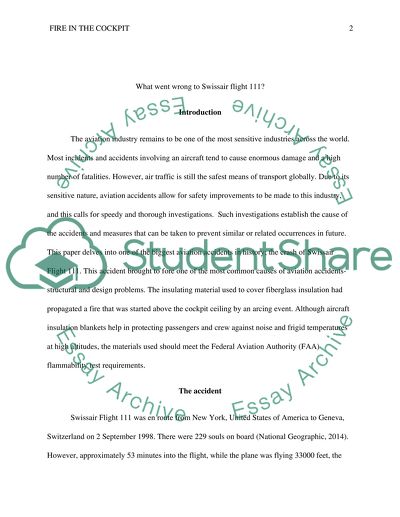Cite this document
(“What went wrong to Swissair flight 111 Research Paper”, n.d.)
What went wrong to Swissair flight 111 Research Paper. Retrieved from https://studentshare.org/miscellaneous/1663604-what-went-wrong-to-swissair-flight-111
What went wrong to Swissair flight 111 Research Paper. Retrieved from https://studentshare.org/miscellaneous/1663604-what-went-wrong-to-swissair-flight-111
(What Went Wrong to Swissair Flight 111 Research Paper)
What Went Wrong to Swissair Flight 111 Research Paper. https://studentshare.org/miscellaneous/1663604-what-went-wrong-to-swissair-flight-111.
What Went Wrong to Swissair Flight 111 Research Paper. https://studentshare.org/miscellaneous/1663604-what-went-wrong-to-swissair-flight-111.
“What Went Wrong to Swissair Flight 111 Research Paper”, n.d. https://studentshare.org/miscellaneous/1663604-what-went-wrong-to-swissair-flight-111.


